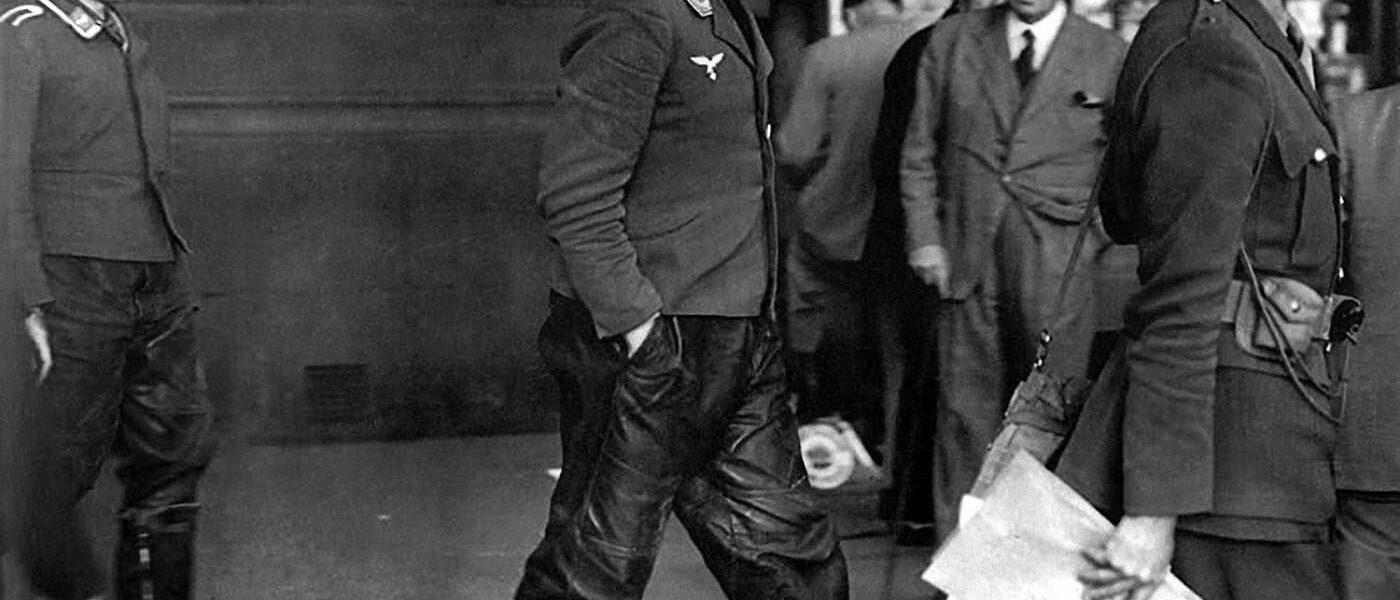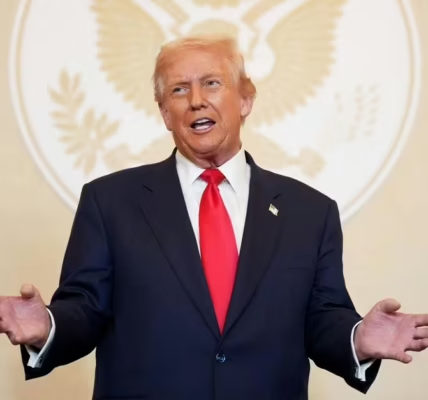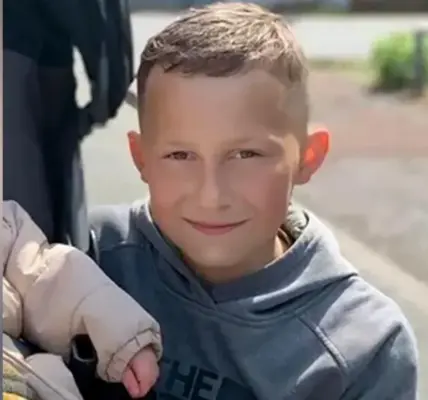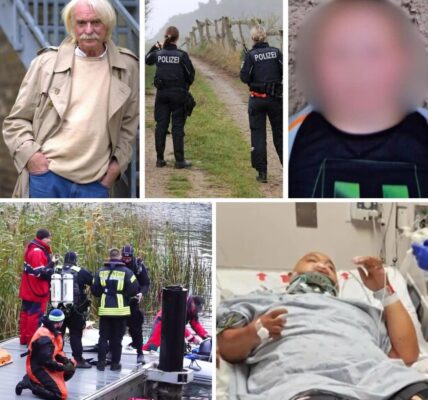- Homepage
- Uncategorized
- Under British military escort, two captured Luftwaffe crew members leave the London Underground, 1940
Under British military escort, two captured Luftwaffe crew members leave the London Underground, 1940

Two captured Luftwaffe bomber pilots walk among Londoners in September 1940
Under British military escort, two German Air Force crewmen—a Unteroffizier (non-commissioned officer or corporal) and an Oberleutnant (the most senior lieutenant)—who had parachuted into the English countryside and been taken prisoner of war during a bombing raid, step out of the London Underground onto the city streets as shocked Londoners look on.

The two prisoners of war’s unusual travel arrangements using public transport probably provided a good opportunity for propaganda photographs, as the image was widely circulated and seen by a nation under constant air raids during the Blitz.
Article 42 of the Geneva Conventions expressly prohibited attacking pilots who had parachuted to the ground, as well as pilots who surrendered on the ground. Downed pilots on both sides were treated relatively well.

The Luftwaffe tended to treat its prisoners of war very well, knowing that many of its men were being held captive by the Allies. Any mention of poor treatment would therefore likely be met with similar measures from the other side.
At the beginning of World War II, a strong sense of chivalry existed among the pilots of the British RAF and the German Luftwaffe. They liked to consider themselves “knights of the skies,” and shooting down defenseless enemy pilots with their parachutes would have been contrary to their professionalism.

The question of whether an enemy pilot parachuting over his own territory should be shot sparked heated debate on both sides. On August 31, 1940, during the Battle of Britain, RAF Air Chief Marshal Hugh Dowding dined with Prime Minister Winston Churchill at Chequers.

On the German side, the Commander-in-Chief of the Luftwaffe, Hermann Göring, asked the Luftwaffe fighter ace, Adolf Galland, what he thought about shooting enemy pilots by their parachutes, even over their own territory.
Galland replied, “I would consider it murder, Herr Reichsmarschall. I would do everything in my power to disobey such an order.” Göring—who had himself been a fighter ace in World War I—said, “That is exactly the answer I expected from you, Galland.”
Related Posts

The downfall of Germany in World War II in 30 pictures
Ruins of the Berlin Cathedral City Palace Lustgarten Willys MB Jeep 1945 After France was recaptured by the Allies, the Germans gathered their own forces for a comprehensive…

Faces of War – German Soldiers at the Front (Part 711) _de
A German soldier sits with his head in his hands next to a destroyed heavy artillery piece and the body of one of his comrades during the Battle of Kursk in…

The Panzerkampfwagen VI Tiger I – Heavy Tank _de
If one compares the small number of Panzerkampfwagen VI Ausf. E (Sd Kfz 181) Tigers (only 1,346) with the total of over 120,000 T-34s and Shermans, the psychological…

1,700 rounds per minute: The MG34 was Hitler’s super weapon _de
The design of the MG 34 originated in Germany during the interwar period. Until World War II, machine guns were typically water-cooled—and accordingly heavy and immobile. Efforts to…

Tiger! Panzer VI – Combat and Operational Assessment – 252 Hits in Combat – World War II
Currently, “real life” is taking up most of my free time, so I’ll only be publishing a few short articles over the next few weeks to keep you all awake…

The T-34 Tank: The History of the Soviet Union’s Rugged Armored Vehicle
By Phil Zimmer December 1941 was a bleak month and the end of a bleak year for the Soviets. The Germans continued to push toward Moscow,…




